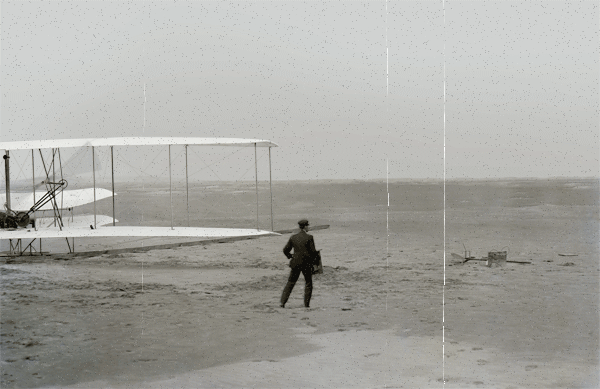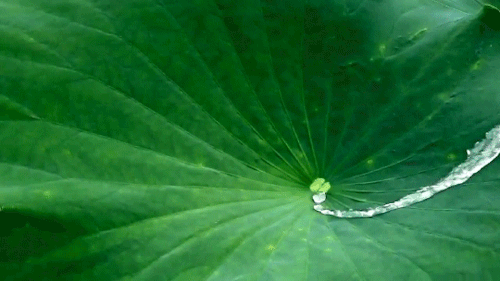Biomimetics
Biology Inspired Design
1867
Gardener Joseph Moneir is inspired by the structure of scherenchymn fibers of decaying parts to solve the problem of constantly destroying pots. The solution was a system of wire mesh and concrete that was later recognized as reinforced concrete, patented, and used in today's construction.
Moneir invents reinforced concrete
1948
Electrical engineer George deMestral was walking his dog one day when he noticed burrs clinging to his pants and dog, and observed the tiny hooks he'd found on the surface of burrs. He later developed a hook and loop fastener with an engagement side and a smooth side that we now call Velcro.
deMestral developed Velcro
1996
Mick Pearce was looking for a design that fit Zimbabwe's tropical climate and at the same time was inspired by the surrounding nature. He studied the structure of termite mounds in southern Africa. Pearce designed a thermal regulating building, the Eastgate Centre in Zimbabwe.
Pearce designed the Eastgate Centre
February 2012
Geckos have stiff tendons attached to their toepads that enable geckos to cling to a wide variety of surfaces. Alfred Crosby and Duncan Irschick, scientists at UMass Amherst, invented an adhesive based off of gecko feet. Their product is called Geckskin.
Scientists Crosby and Irschick invent Geckskin










